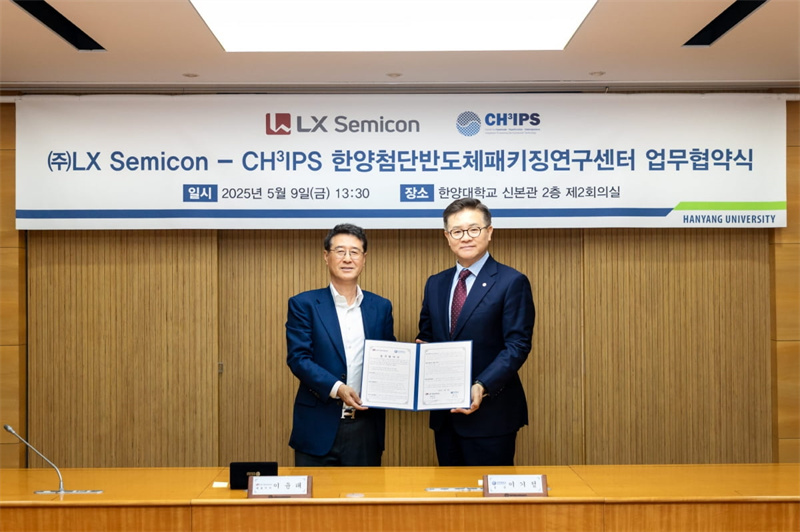LX Semicon is accelerating its shift away from display driver ICs (DDIs), which currently make up over 90% of its revenue, by expanding into automotive semiconductors and thermal substrates—key growth areas with increasing relevance in the PCB industry.
In late April, the Korean fabless semiconductor firm began mass production of heat-dissipating substrates designed for electric vehicle (EV) power modules. These substrates play a crucial role in improving thermal management and extending the lifespan and reliability of power semiconductors. The company has invested approximately KRW 100 billion (around USD 73 million) over five years to build a 3,000-pyeong (~99,000 sq ft) plant in Siheung, complete with in-house etching processes.
Initial production capacity stands at 250,000 units annually, with plans to double to 500,000 by the end of 2026. LX Semicon's substrates use a proprietary Metal Direct Bonding (MDB) method to create uniform metal layers that bond with ceramic materials, enabling application across a wide range of eco-friendly industries including EVs, charging infrastructure, energy storage systems (ESS), and high-speed rail.

The company has also partnered with Hanyang University to cultivate talent in advanced thermal technologies, as part of a broader effort to internalize key capabilities and secure long-term competitiveness.

According to industry data, DDIs still accounted for 90.17% of LX Semicon's sales in Q1 2025, down slightly from 90.29% the previous quarter. The company is actively working to diversify its revenue sources to ensure future growth.
LX Semicon reported first-quarter revenue of KRW 476.2 billion and operating profit of KRW 59.7 billion, up 3.9% and 29.1% year-on-year, respectively. The stronger-than-expected performance was largely driven by growing DDI shipments to China. The company is also exploring opportunities in XR display chips as part of its longer-term roadmap.
+86 191 9627 2716
+86 181 7379 0595
8:30 a.m. to 5:30 p.m., Monday to Friday
